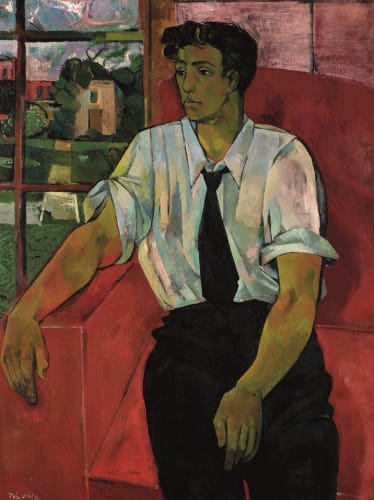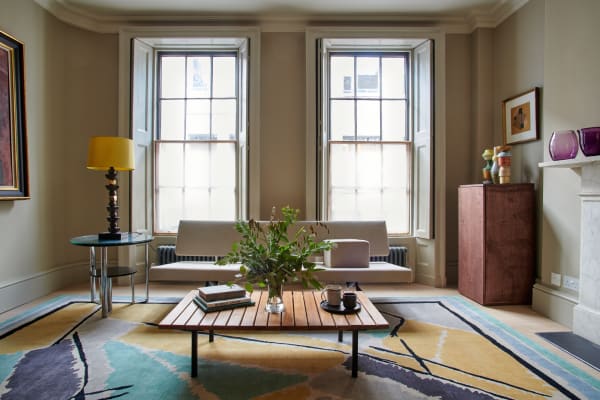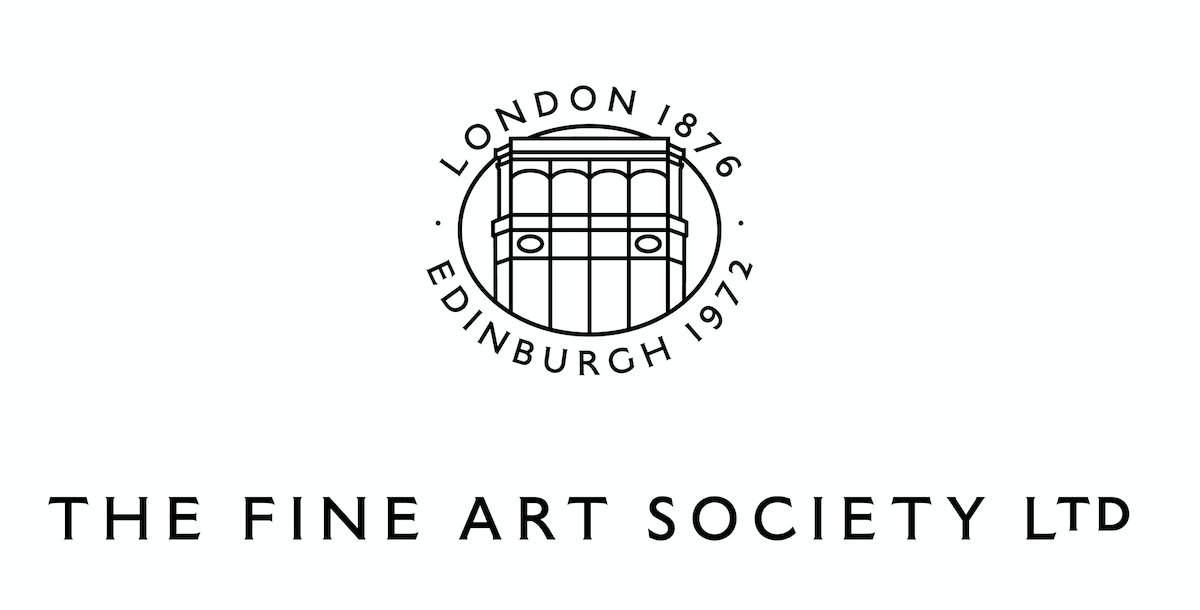Twenty Twenty
The Fine Art Society is now almost 145 years old and has survived two world wars, depressions, a financial crash and, most recently, a global pandemic. The decision to relinquish our original building on New Bond Street was a sad one, but necessary. With the slate wiped clean, we have been afforded the opportunity to ponder the essence of FAS and work out how best to preserve it, while evolving to ensure our longevity. The secrets of our previous successes will be essential: respect for the gallery’s history; fearlessness in resurrecting overlooked artists; an egalitarian approach to fine art and its counterpart, design; attention to detail in presentation and scholarship; and the distillation of the Fine Art Society aesthetic – intangible but instantly recognisable.
In our first exhibition in our beautiful new space, we trust you will discern this ethos. Our star artists, old friends of the gallery since the early days, are represented here. We have a beautiful Nocturne by Whistler, made on a trip to Venice funded by the gallery, and two pictorially inventive pieces by Sickert, who famously described us as 'The Best Shop in London'. Of the (undeservedly) lesser known artists in the catalogue we showed both Doris Zinkeisen and Ethelbert White at the gallery within their lifetimes, and held a major retrospective of White’s work shortly after his death. Several of the artists and designers shown here were also rescued from obscurity by the gallery: we first exhibited Christopher Dresser in 1972, Joseph Southall in 1980, while Charles Ashbee and The Guild of Handicraft were first shown in 1981.
We are pleased to include one of the best works by Walter Greaves, a working-class boatman in Chelsea who later became pupil and studio assistant to Whistler. We also include a rare work by Clare Atwood, who was loosely associated with the Camden Town group, including Sickert and Spencer Gore, through the New English Art Club. Many of the artists in this catalogue were associated with this group, considered avant-garde at its inception, followed by the even more radical London Group.
A major highlight of the exhibition is a portrait by John Minton of his young friend and student Eric Verrico, which easily rivals his portraits of the same period now held in museums around the world. Like many artists of the time, including Francis Bacon and Lucien Freud, Soho was Minton’s stomping ground. His friends, fans and rivals congregated around the notorious Colony Room and the portrait was once in the collection of the club’s infamous owner, Muriel Belcher. In 1988 The Fine Art Society held an exhibition of Artists in Soho, including works by Minton alongside his close friends Robert Colquhoun and Robert MacBryde. The artistic associations with Soho past and present are an important part of our relocation there. It retains enough of its off-beat spirit and historical character to suit a gallery such as The Fine Art Society.
ROWENA MORGAN-COX, Managing Director, London















